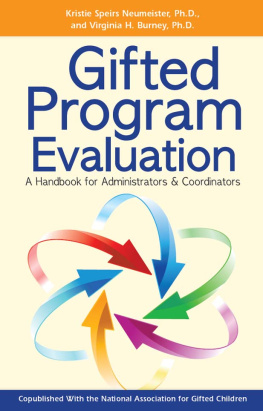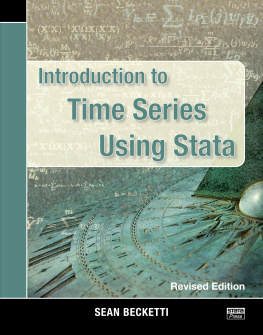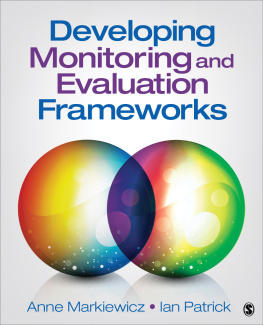Barrett - Program Evaluation: A Step-by-Step Guide (Revised Edition)
Here you can read online Barrett - Program Evaluation: A Step-by-Step Guide (Revised Edition) full text of the book (entire story) in english for free. Download pdf and epub, get meaning, cover and reviews about this ebook. year: 2016, publisher: Sunnycrest Press, genre: Business. Description of the work, (preface) as well as reviews are available. Best literature library LitArk.com created for fans of good reading and offers a wide selection of genres:
Romance novel
Science fiction
Adventure
Detective
Science
History
Home and family
Prose
Art
Politics
Computer
Non-fiction
Religion
Business
Children
Humor
Choose a favorite category and find really read worthwhile books. Enjoy immersion in the world of imagination, feel the emotions of the characters or learn something new for yourself, make an fascinating discovery.

Program Evaluation: A Step-by-Step Guide (Revised Edition): summary, description and annotation
We offer to read an annotation, description, summary or preface (depends on what the author of the book "Program Evaluation: A Step-by-Step Guide (Revised Edition)" wrote himself). If you haven't found the necessary information about the book — write in the comments, we will try to find it.
Program Evaluation: A Step-by-Step Guide (Revised Edition) — read online for free the complete book (whole text) full work
Below is the text of the book, divided by pages. System saving the place of the last page read, allows you to conveniently read the book "Program Evaluation: A Step-by-Step Guide (Revised Edition)" online for free, without having to search again every time where you left off. Put a bookmark, and you can go to the page where you finished reading at any time.
Font size:
Interval:
Bookmark:

This book is dedicated to the hard-working and conscientious program managers, directors, and unit leaders who never in a million years thought their jobs would involve Evaluation. |
- Define evaluation
- Describe the three main evaluation purposes and
- Identify different types of evaluations
- Write good questions
- Collect and analyze data and
- Report the result
- Delphi Interview techniques
- Critical Incident reporting and
- Root Cause Analysis
- An evaluation template
- Reporting guidelines and
- Evaluation resources
The pure and simple truth is rarely pure and never simple. -Oscar Wilde |
Table 1. Evaluation Types, Purposes and Uses | ||
Type | Purpose | Possible Uses |
Needs Assessment | Identify new programs | Reach new audiences; increase revenue |
Improvement | Make adjustments | Increase efficiency |
Justification | Document goal attainment | Reporting to funding agencies |
Evaluation Scenario: You work for Milgram Book Publishing Company. Because of the changes in the industry and competition from electronic book publishers, your company has recently merged with another publisher, Quantum Books. Your new company is now called Omega Publishers. It has been six months since the merger occurred. There have been some lay-offs, the EPUB section is expanding and new products are being considered. Although Omega Publishing still has to work out some of the details, the new CEO wants to know how things are going and she has asked you to help. |
Table 2. Temporal Orientation of Evaluation | |||
Type | Purpose | Possible Uses | Time |
Needs Assessment | Identify new programs | Reach new audiences; increase revenue | Future |
Improvement | Make adjustments | Increase efficiency | Present |
Justification | Document goal attainment | Reporting to funding agencies | Past |
Font size:
Interval:
Bookmark:
Similar books «Program Evaluation: A Step-by-Step Guide (Revised Edition)»
Look at similar books to Program Evaluation: A Step-by-Step Guide (Revised Edition). We have selected literature similar in name and meaning in the hope of providing readers with more options to find new, interesting, not yet read works.
Discussion, reviews of the book Program Evaluation: A Step-by-Step Guide (Revised Edition) and just readers' own opinions. Leave your comments, write what you think about the work, its meaning or the main characters. Specify what exactly you liked and what you didn't like, and why you think so.














